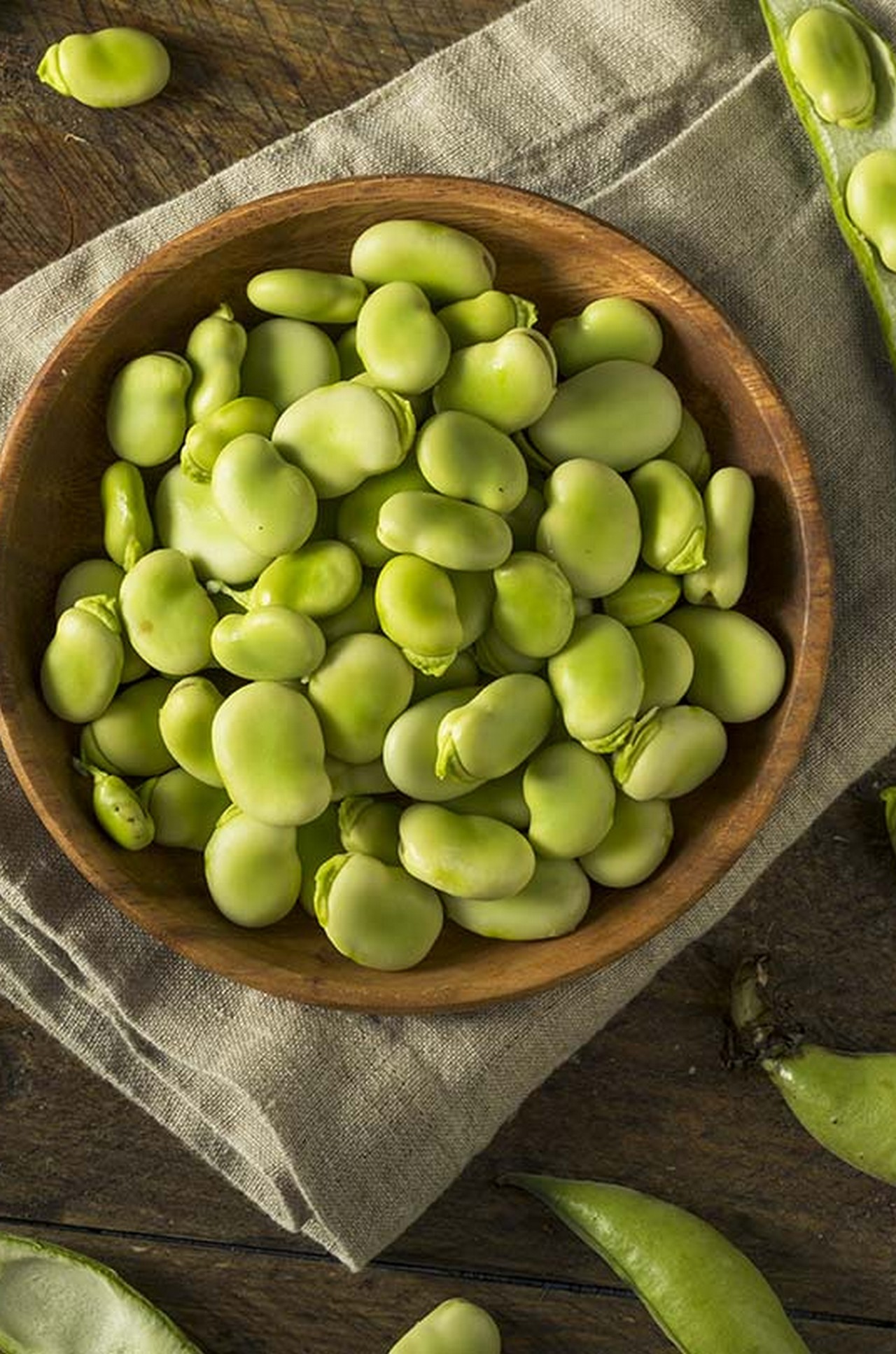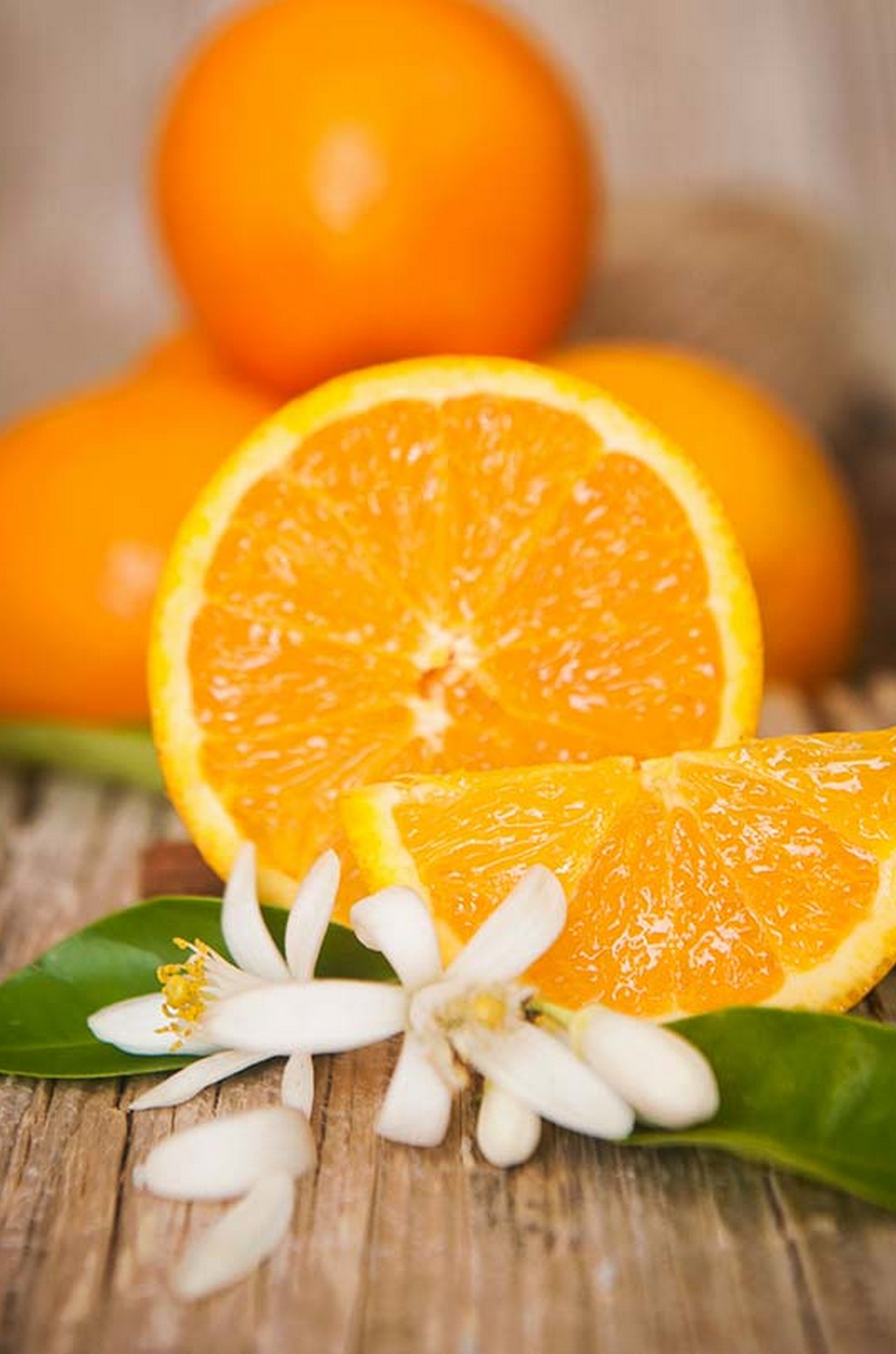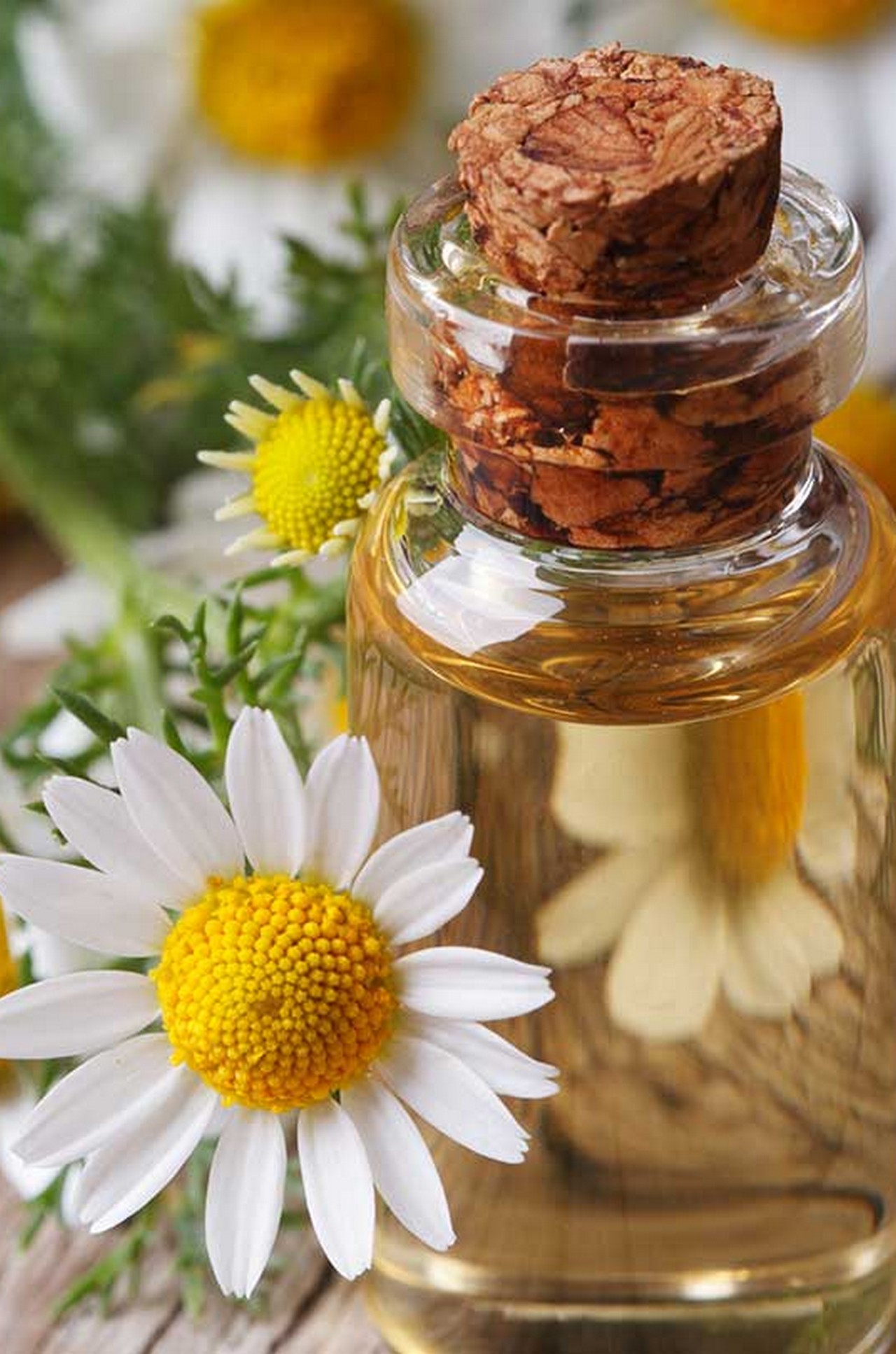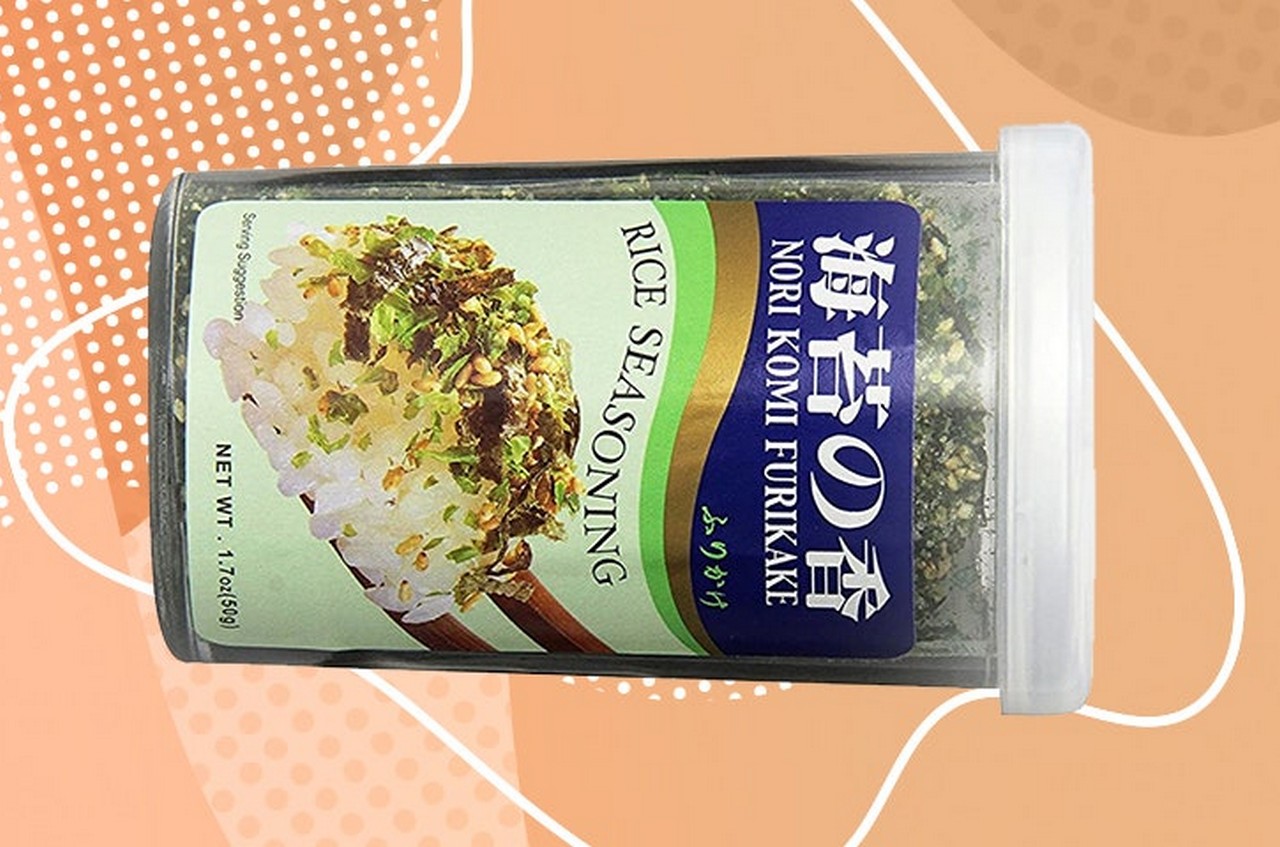
The benefits of fava beans are numerous as they are rich in many nutrients. Their active chemical compounds are responsible for their many benefits. The beans are rich in folate that enhances pregnancy health. The L-dopa in the beans helps manage Parkinson’s disease and may also help fight depression and other mental health issues to some extent. These beans were used for over 10,000 years to treat many ailments. They are also loaded with fiber that revs up metabolism and aids in weight loss. Continue reading to learn more about the benefits of fava beans.
In This Article
What Else Makes Fava Beans So Great?
Scientifically called Vicia faba, fava beans originated in Israel. They are sweet and have a mild grassy flavor. They are green and look like overgrown sweet peas. And they are nutritious.
Fava beans have no saturated fat or cholesterol. The folate in the beans is crucial during pregnancy. The L-dopa in the beans was found to improve motor movements in patients with Parkinson’s (1).
Other important nutrients in the beans include thiamin, vitamins K and B6, copper, selenium, zinc, potassium, and magnesium. The beans are also an inexpensive way of getting some of your daily dose of lean protein.
Fun FactEuropeans consumed only fava beans until they discovered America and other varieties of legumes found there.
It is not the nutrients in the beans but what they can do for you that matters.
How Can Fava Beans Benefit You?
1. Fava Beans Help Manage Parkinson’s
Parkinson’s is associated with weakened motor performance. Fava beans increase the levels of L-dopa, a chemical that improves motor performance (2). This chemical also works as a neurotransmitter and relieves other Parkinson’s symptoms. Experts believe the beans can be an effective alternative to synthetic drugs (3).
Including fava beans in your diet can help prevent Parkinson’s altogether. The folate in the beans deserves credit here. In studies conducted, patients with Parkinson’s were found to be deficient in folate (4). Though more research is warranted, the role of folate in managing Parkinson’s is encouraging.
Some studies show that fava beans can help treat depression too. Your body can convert L-dopa into dopamine, the hormone associated with good mood.
2. Prevent Birth Defects
Shutterstock
It’s the folate in fava beans, again. This nutrient prevents birth defects in newborns and is an absolute must in a pregnant woman’s diet. Studies show most women don’t get enough dietary folate, and this is a matter of concern. You need 400 mcg of this nutrient every day, and in times of pregnancy, this dose shoots up to 600 mcg.
A couple of the major birth defects folate can prevent are spina bifida (incomplete development of the spinal cord) and anencephaly (incomplete development of parts of the brain).
Did you know that a baby’s growth is the most rapid in the first few weeks of pregnancy – and this is often the time even before you know you are pregnant (5)? The folate in fava beans also helps prevent miscarriage, premature birth, and low birth weight.
We recommend you also take folate supplements in addition to the beans because it is difficult to measure how much folate you are taking through a diet alone (6).
Also, the amount of folate in foods changes with the ways of cooking and storage. Ensure you go for a trusted brand of supplements – please talk to your nutritionist or health care provider for more details on this.
If you are wondering how much folate you must consume at each state of pregnancy, this table can help.
| Stage Of Pregnancy | Required Amount Of Folate Per Day | Corresponding Amount Of Fava Beans To Be Taken (Approx.) |
| While trying to conceive | 400 mcg | 2 ½ cups (420 grams) |
| First three months of pregnancy | 400 mcg | 2 ½ cups (420 grams) |
| Fourth month to ninth month | 600 mcg | 3 cups (510 grams) |
| While breastfeeding | 500 mcg | 2 ½ to 3 cups |
Warning: Some incidents have reported the cases of favism (a form of anemia) in infants after the mothers had consumed fava beans before delivery (7). Hence, please consult your doctor before you take fava beans during this time.
3. Promote Heart Health
iStock
The magnesium in fava beans has a role to play here. The nutrient can lower blood pressure levels, which is one major cause of heart disease in the US today. And the fiber in fava beans also helps – the soluble fiber in the beans helps lower bad cholesterol levels in the blood.
4. Provide Energy
B vitamins are important for energy metabolism, and folate plays a crucial role in this aspect. The beans are also a good source of iron, which is essential for our body to produce red blood cells and its energy currency, ATP (adenosine triphosphate). We all know the fatigue iron deficiency can cause.
The fiber in the beans can also fill you up quickly. This means it leads to a gradual increase in blood sugar levels, offering a steady supply of energy.
Related: 12 Best Pre And Post Workout Drinks: DIY Recipes To Improve Energy Levels
5. Prevent Osteoporosis
iStock
Another nutrient in fava beans is manganese. Manganese increases bone mass, prevents osteoporosis, and helps reduce calcium deficiency.
Including manganese in the diet can also prevent arthritis.
Related: 12 Safe Exercises For Osteoporosis With Steps And Pictures
6. Fava Beans Boost Immunity
The copper in fava beans helps maintain healthy white blood cells. These blood cells destroy pathogens and eliminate free radicals from your system.
It is important to know that the body cannot produce white blood cells on its own. And this is why you need copper. Without white blood cells, your body becomes susceptible to infection and illness, which is why copper is critical to maintain strong immunity. Studies also show how fava beans can contribute to immune health in human beings (8).
Fava beans sure make a healthy and simple snack. But what else do they contain? What other nutrients you would be benefiting from?
Related: Top 9 Yoga Poses For Flexibility And Boosting Your Immunity
What Is The Nutritional Profile Of Fava Beans?
| NUTRITION INFORMATION | ||
|---|---|---|
| Calorie Information | ||
| Amounts Per Selected Serving (1 cup=170 g) | Amount | %DV |
| Calories | 187 (783 kJ) | 9% |
| Carbohydrate | 136(569 kJ) | |
| Fat | 5.7(23.9 kJ) | |
| Protein | 44.8(188 kJ) | |
| Protein & Amino Acids | ||
| Protein | 12.9 g | 26% |
| Carbohydrates | ||
| Total Carbohydrate | 33.4 g | 11% |
| Dietary Fiber | 9.2 g | 37% |
| Sugars | 3.1 g | |
| Vitamins | ||
| Vitamin A | 25.5 IU | 1% |
| Vitamin C | 0.5 mg | 1% |
| Vitamin K | 4.9 mcg | 6% |
| Thiamin | 0.2 mg | 11% |
| Riboflavin | 0.2 mg | 9% |
| Niacin | 1.2 mg | 6% |
| Folate | 177 mcg | 44% |
| Pantothenic Acid | 0.3 mg | 3% |
| Choline | 52.0 mg | |
| Minerals | ||
| Calcium | 61.2mg | 6% |
| Iron | 2.5 mg | 14% |
| Magnesium | 73.1 mg | 18% |
| Phosphorus | 212 mg | 21% |
| Riboflavin | 0.2 mg | 9% |
| Potassium | 456 mg | 13% |
| Sodium | 8.5 mcg | 0% |
| Zinc | 1.7 mg | 11% |
| Copper | 0.4 mg | 22% |
| Manganese | 0.7 mg | 36% |
| Selenium | 4.4 mg | 6% |
Folate is the most abundant nutrient in fava beans. The other potent nutrients include manganese, copper, phosphorus, magnesium, and iron. The beans are also quite high in dietary fiber.
All good. But how are you going to take fava beans? Can they be cooked like other types of beans?
How To Cook Fava Beans
Even before you cook fava beans, one must know how to peel them. It is a simple process.
-
Peeling
iStock
Peeling the beans takes time. But that is compensated by their taste and nutrition. Here’s how you do it:
- Just like how you shell peas, remove the beans from their pods. You can just run your finger up the seam and split it open.
- The beans have a thick white skin around them that must be removed. This is the seemingly hard part. Just make a small slit along the edge of the bean using a knife. The bean will pop right out of the skin.
If this appears like too much work, well, we have an alternative.
Add the fava beans to boiling salt water. Blanch them for about 90 seconds. This softens their skin and makes them easy to be removed. You can remove the beans this way and then add them to ice cold water (to stop them from cooking). After this, you will be able to easily pop the beans out of their skin.
-
Cooking
iStock
You can steam them to tenderness or even mash them and add to your recipes. This is the time to get creative.
Talking about getting creative, why don’t you check out a popular fava bean recipe?
Fava Beans With Snap Peas And Mint
What You Need
- 6 pounds of shelled fava beans
- Coarse salt and freshly ground pepper, as needed
- 1 pound of trimmed snap peas
- ¼ cup of packed fresh mint leaves
- 3 tablespoons of unsalted butter
Directions
- Prepare an ice water bath. Bring a large container of salted water to a boil and add the snap peas and blanch for 3 to 4 minutes.
- Transfer the beans to the ice bath and allow them to cool. Drain them on a paper towel.
- Add the fava beans to the container and blanch for 2 to 3 minutes. Transfer these also to the ice bath and let them cool. Pop the beans from their skins.
- Melt the butter over a saucepan over medium heat. Add the fava beans and cook for 4 to 5 minutes or until they are crisp-tender. Now, add the peas and season with salt and pepper. Keep cooking for 3 to 5 minutes. Transfer to a serving bowl and sprinkle the mint leaves on top.
Ain’t your mouth watering already?
All said and done, every food has a dark side. Fava beans are no exception.
What Are The Side Effects Of Fava Beans?
-
Issues During Pregnancy
Excess intake of fava beans by the pregnant mother may cause favism in the newborn. This may come as a surprise – as fava beans are often recommended for pregnancy. Hence, it is always safe to double-check with your health care provider.
Related: 7 Effective Yoga Poses For Depression You Can Do At Home
-
Depression
This could be another contradiction. Excess L-dopa in the blood can lead to vitamin B6 deficiency, and this, in turn, can cause depression. Check with your doctor. Also, please avoid fava beans if you are already taking monoamine oxidase inhibitors (MAOIs) for depression.
-
G6PD Deficiency
Also called glucose-6-phosphate dehydrogenase deficiency, where red blood cells break down due to infection or stress, this condition can get aggravated upon intake of fava beans. If you have this condition, please avoid fava beans (9).
Did You Know?G6PD deficiency is the most prevalent human enzyme defect affecting 400 million people globally. It is common among men and people in tropical and subtropical regions (10).
The benefits of fava beans are attributed to their rich folate, L-dopa, thiamin, copper, selenium, zinc, magnesium, potassium, and vitamins K and B6 content. Moreover, they do not contain cholesterol. This rich nutritional profile can help treat and prevent Parkinson’s (by improving motor performance), prevent birth defects (thanks to folate), and reduce blood pressure and cholesterol levels. The copper in fava beans aids in the formation of white blood cells, which play a key role in immune function. However, these beans may have a few side effects like pregnancy issues and depression in some individuals. So, practice caution when consuming them.














